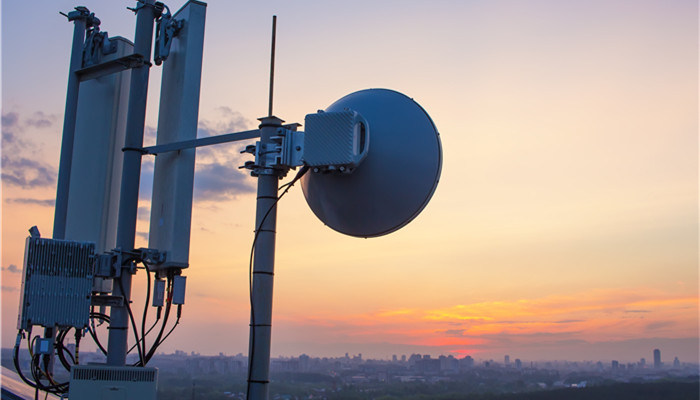
my country’s optical cables are still mainly ointment-filled. There are still development opportunities for the optical cable ointment industry.
Optical cable polymer ointment, also referred to as optical cable ointment, is a translucent paste produced from base oil, polymer materials, antioxidants and water-blocking agents as raw materials. The market demand for optical cable ointment is mainly related to the development of the optical cable industry. Against the background of increasing environmental protection and labor costs, most countries choose fully dry structural optical cable products, which have the advantages of clean and convenient construction and no pollution to the environment, and are more in line with my country’s green and environmentally friendly development concept. However, since the price of fully dry structure optical cable products is not advantageous, and the product is difficult to grasp in terms of high and low temperature characterization, reliability, and consistency, it has not been used in batches in China, and grease-filled optical cables are still mainstream products.
According to the “China Optical Cable Ointment Industry Application Market Demand and Development Opportunities Research Report 2021-2026” released by the Industrial Research Center, Globally, the optical cable ointment industry is relatively mature and the market is relatively concentrated, mainly occupied by several companies such as Germany’s Henkel, South Korea’s JC, the United Kingdom’s Unigil, and the United States’ SYNCO. The technical threshold for the production of optical cable ointment is relatively high, and after a long period of research and development, domestic substitution has been achieved. Companies represented by Honghui Guangtong continue to increase their share of the domestic market. At present, Honghui Guangtong is the leading enterprise in the domestic optical cable ointment market, with a domestic market share of approximately 46%.
Benefiting from the rapid development of my country’s Internet industry and the establishment of data centers in recent years, the demand for optical cables has continued to rise. In the first half of 2021, my country’s cumulative output of optical cables has reached 140 million core kilometers, and with the implementation of the “Double Gigabit” plan, Optical cable production will continue to rise in the future. Benefiting from the development of the optical cable industry, the demand for optical cable ointment applications continues to rise. In 2020, the global optical cable ointment market demand will be approximately 170,000 tons.
Although my country’s optical cable grease has been domestically produced, its main raw material SEP still relies on imports. SEP has extremely high technical barriers. Currently, SEP for optical cable ointment is mainly monopolized by international giants such as Caton of the United States and Kuraray of Japan. However, as 5G technology gradually matures, the optical fiber and cable industry develops rapidly, and the domestic market demand for optical cable grease continues to rise, forcing the localization of SEP for domestic optical cable grease. At present, Zhongli Synthetic has realized the production of SEP for optical fiber ointment, but the current production and sales are small. However, as 5G construction continues in the future, the demand for SEP for optical fiber ointment and optical cable ointment will continue to rise.
Industry analysts said that our country has a vast territory and the environment and temperature vary greatly from place to place, making it unsuitable for large-scale implementation of full-scale implementation in outdoor environments. Dry structure optical cable products and grease-filled optical cables are still mainstream products in outdoor environments, so the demand for optical cable grease applications is high. Although my country has basically realized the domestic substitution of optical cable ointment, its raw material SEP is currently low in domestic production due to high technical barriers and relies on imports, which is not conducive to the development of the optical cable ointment industry. In the future, there will be greater development opportunities in the field of SEP for optical cable ointment.

 微信扫一扫打赏
微信扫一扫打赏

